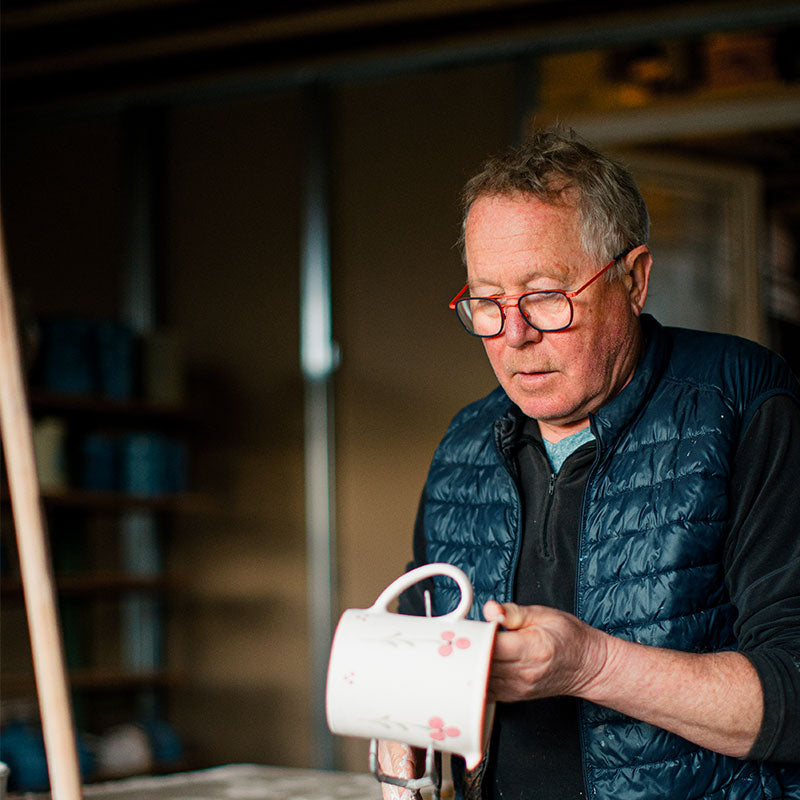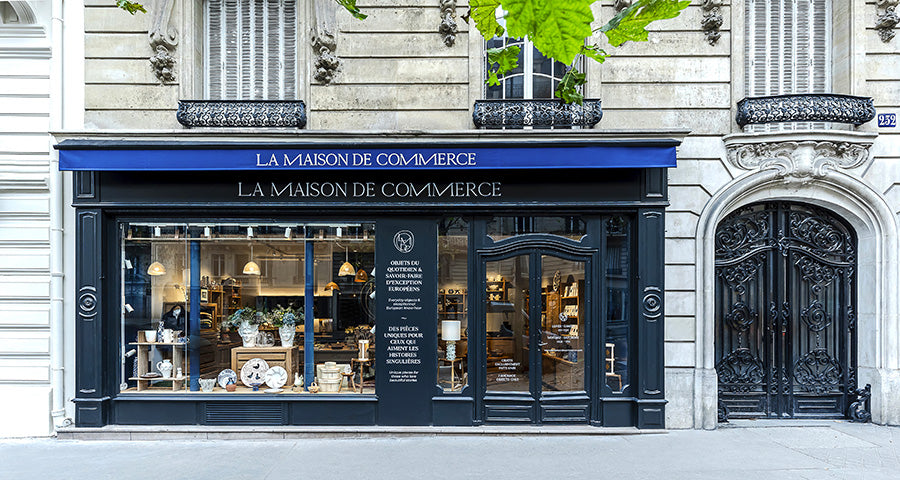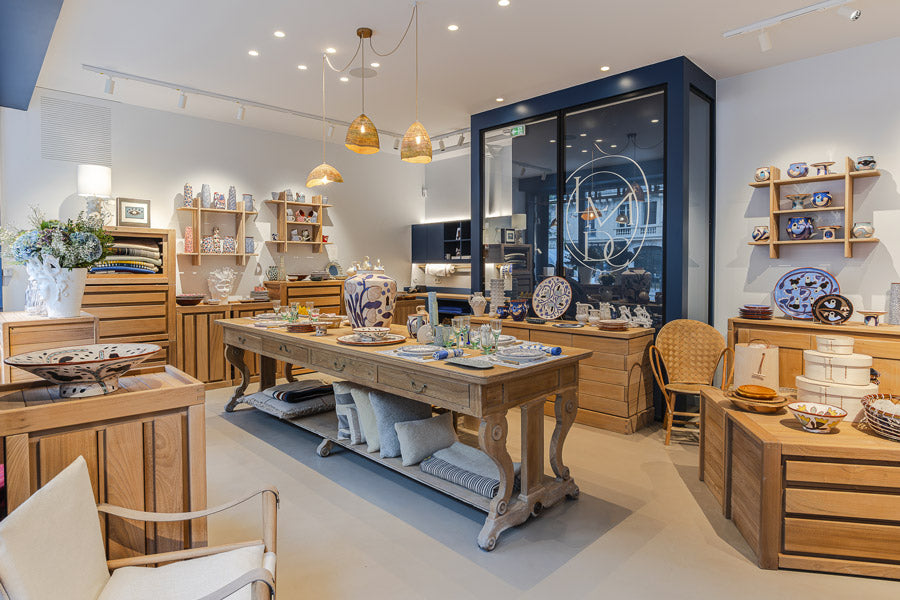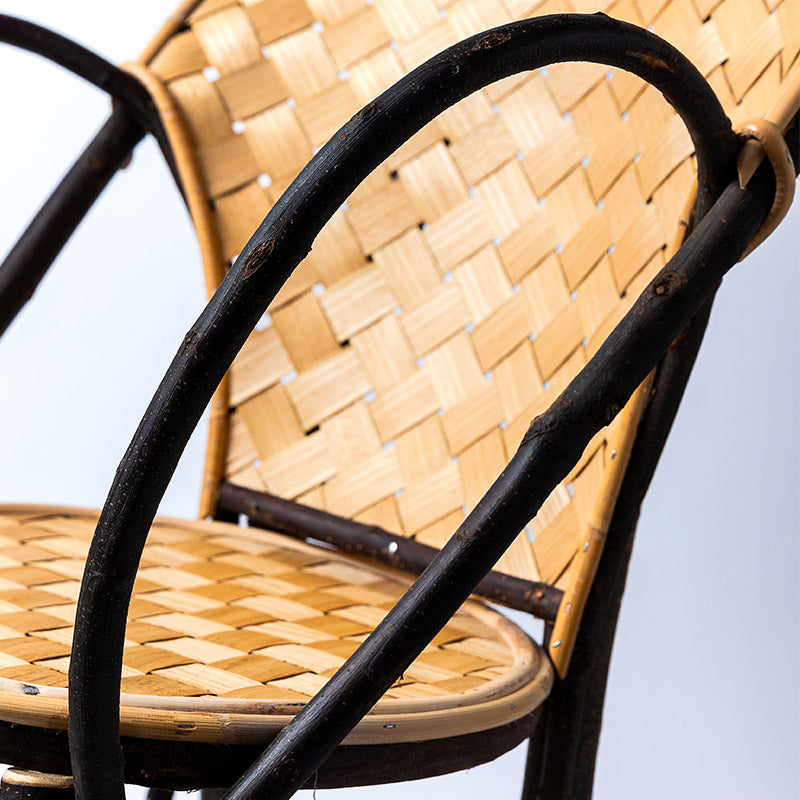Chesnut Armchair

History
Only a select few objects and pieces of furniture possess an aura capable of transcending time. This chestnut armchair is one of them, and yet it came perilously close to disappearing. This iconic seat, beloved by Le Corbusier, teetered on the brink of extinction until La Maison de Commerce breathed new life into it. Here is the story.
In the shade of blooming lime trees.
Whether in the garden beneath the lime tree where family meals conclude, in a seaside bedroom, or within our grandparents' winter garden, this armchair is an integral part of the furniture, as the popular expression goes. Sold since the late 19th century, it experienced mass production in the mid-20th century, primarily in around twenty family workshops in Haute Vienne. Esteemed for the simplicity of its lines, its durability, and the freedom of its forms, it gained widespread popularity for its remarkable lightness and the mythical powers attributed to it in repelling insects. These qualities made it a staple in French country houses.
However, the craftsmen producing this armchair dwindled, and the last ones closed their workshops during the Covid pandemic without finding any successors. The expertise held by the artisans who work with the chestnut tree in Limousin (where the tree is a symbol) was in jeopardy. Therefore, we exerted every effort to revive production by connecting craftsmen and thus ensure the continued manufacture of this armchair, an integral part of French heritage.
An endangered expertise as the chestnut tree grows in copses, and the chestnut harvest is seasonal and artisanal to collect the strips and poles, which must then be placed in ovens to be softened—a necessary step to easily debark and mold them. The slats of the seats, known as splints, are produced by a specific and ancient machine, of which only a few remain in operation. Our efforts have helped preserve and pass on this expertise. We take pride in contributing to the resurgence of this armchair—an icon capable of defying time and fashion, embodying an enduring legacy.



















